Plate Processing Company
Is flame cutting the same as plasma cutting?
Is flame cutting the same as plasma cutting?
No, flame cutting and plasma cutting are two different processes, even when they both cut through metal. The difference is how they create the heat to cut through metal. Flame cutting burns through metal, but plasma cutting melts through it.

How Flame Cutting Works
Flame cutting (also called oxy-fuel cutting) uses oxygen and a fuel gas like acetylene or propane to create an incredibly hot flame. Flame cutting works by heating the metal with a flame, then using oxygen to burn through it.
- Can cut thick steel
- Relatively inexpensive equipment and operating costs
- Works great on carbon steel and low-alloy steels
- The flame preheats the metal
It's slow, and you can only cut materials that will burn in oxygen. So, forget about stainless steel, aluminum, or copper with this method.
How Plasma Cutting is Different
Plasma cutting uses electricity to create an arc between an electrode and the metal. This arc gets so hot (around 45,000°F) that it turns gas into plasma - the fourth state of matter. Plasma cutting works by melting the metal with a high-temperature plasma arc, and then blowing the molten metal away with compressed air.
- Much faster than flame cutting on thin to medium materials
- Can cut any electrically conductive metal
- Cleaner cuts with less heat-affected zone
- More precise than flame cutting
But plasma has limits too. Plasma cutters can handle steel up to 2-3 inches thick, but some industrial models can cut even thicker steel.
When to Choose Flame Cutting Houston Services
Thick Steel Projects - If you need to cut steel that's thicker than 2 inches, flame cutting is a safe choice.
Budget-Conscious Jobs - Flame cutting costs less per cut on thick materials. The equipment is simpler, and the supplies (oxygen and fuel gas) are less expensive than those needed for plasma cutting.
Large Structural Work - Flame cutting is the best option for cutting thick steel, which is needed in industries like building construction, heavy machinery, and industrial equipment.
When Plasma Cutting Is the Right Choice
For anything under 2 inches thick, plasma cutting is better due to its speed and quality. It's also your only choice for stainless steel, aluminum, and other non-ferrous metals.
Plasma cutting gives you better edge quality too. Flame cuts often need more cleanup work, while plasma cuts are usually ready to weld right away.
Edge quality comparison:
- Flame cuts have a rougher texture and slight angle (called bevel)
- Plasma cuts are smoother and more square
- Both might need some cleanup depending on your requirements
Both methods create fumes and need proper ventilation, but flame cutting produces different types of smoke that need specific handling procedures.
The bottom line is simple: thick steel and tight budgets usually mean flame cutting. Thin to medium materials and precision work usually mean plasma cutting.
Most successful workshops have both capabilities because they serve different purposes. When you're looking for flame cutting Houston services, make sure they understand which process fits your specific needs. The wrong choice can cost you time, money, and quality.


